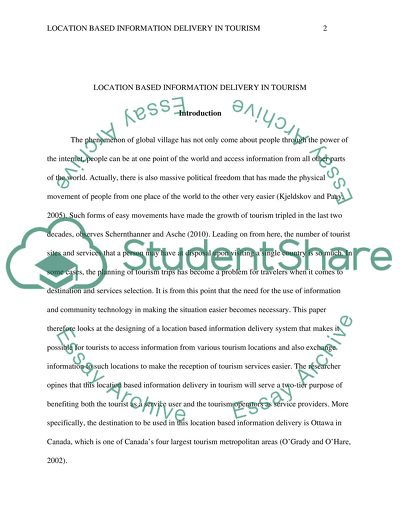Cite this document
(“Destination Report & Presentation Research Paper”, n.d.)
Destination Report & Presentation Research Paper. Retrieved from https://studentshare.org/tourism/1493610-destination-report-presentation
Destination Report & Presentation Research Paper. Retrieved from https://studentshare.org/tourism/1493610-destination-report-presentation
(Destination Report & Presentation Research Paper)
Destination Report & Presentation Research Paper. https://studentshare.org/tourism/1493610-destination-report-presentation.
Destination Report & Presentation Research Paper. https://studentshare.org/tourism/1493610-destination-report-presentation.
“Destination Report & Presentation Research Paper”, n.d. https://studentshare.org/tourism/1493610-destination-report-presentation.


